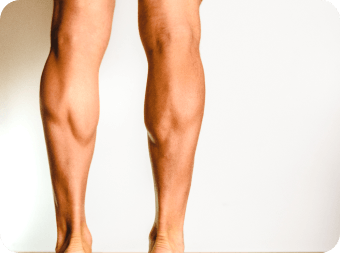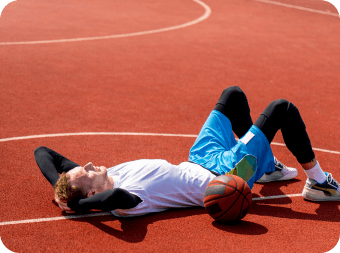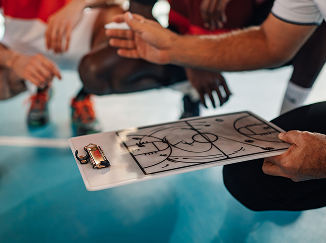Shoot your best hoop yet

Is mobility getting in the way of your basketball game? Basketball injuries can prevent players from performing their best. At Restore Physiotherapy, we help players get back on the court stronger and safer with our basketball injury prevention and rehabilitation services.













